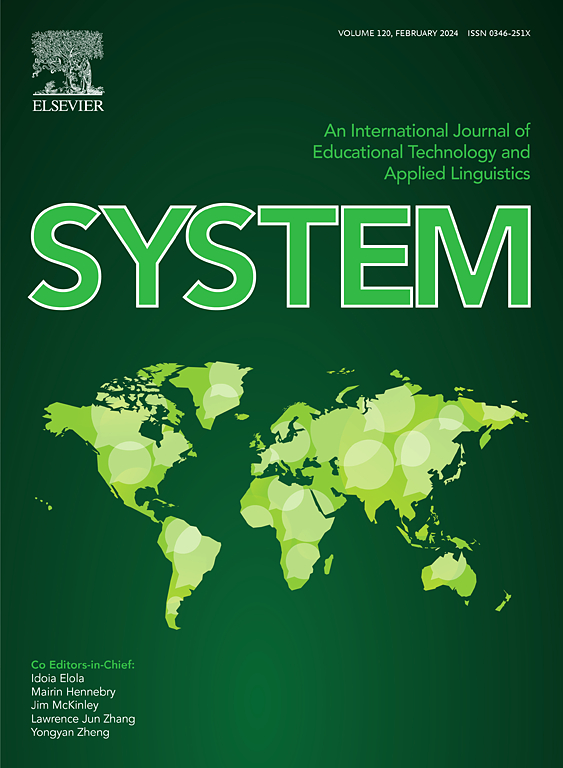MSTN knockout enhances the production of MYOD1-mediated steak-type cultivated meat
IF 6.5
1区 农林科学
Q1 Agricultural and Biological Sciences
引用次数: 0
Abstract
As the global population increases, the demand for protein sources is expected to increase, driving the demand for cell-based cultivated meat. This study aimed to enhance the productivity of cultivated meat through optimization of the cell source and organization process. We engineered fibroblasts into myogenic cells via non-viral introduction of the MYOD1 gene, avoiding viral methods for safety. After confirming the stable derivation of myogenic cells, we combined knockout (KO) of MSTN, a negative regulator of myogenesis, with MYOD1-mediated myogenesis to improve cultivated meat production. Primary cells from MSTN KO cattle exhibited enhanced myogenic potential. Additionally, when tested in immortalized fibroblasts, myostatin treatment reduced MYOD1-induced myogenesis in two-dimensional cultures, while MSTN knockout increased it. To achieve muscle-like cell alignment, we employed digital light processing (DLP)-based three-dimensional (3D) bioprinting to organize cells into 3D groove-shaped hydrogels. These bioactive hydrogels supported stable cell proliferation and significantly improved muscle cell alignment. Upon differentiation into myotubes, the cells demonstrated an ordered alignment, particularly the MSTN KO cells, which showed highly efficient differentiation. The integration of genetic modification and advanced DLP 3D bioprinting with groove-patterned hydrogels provides an effective strategy for producing high-quality, muscle-aligned cultivated meat.MSTN敲除增强myod1介导的牛排型培养肉的产生
随着全球人口的增加,对蛋白质来源的需求预计将增加,从而推动对细胞培养肉的需求。本研究旨在通过优化细胞来源和组织过程来提高培养肉的生产效率。我们通过非病毒导入MYOD1基因将成纤维细胞改造成肌源性细胞,为安全起见避免了病毒方法。在确认了肌生成细胞的稳定来源后,我们将肌生成负调节因子MSTN的敲除(KO)与myod1介导的肌生成结合起来,以提高培养肉的产量。MSTN KO牛的原代细胞表现出增强的成肌潜能。此外,当在永生化成纤维细胞中进行测试时,肌肉生长抑制素治疗减少了二维培养中myod1诱导的肌肉发生,而MSTN敲除则增加了myod1诱导的肌肉发生。为了实现类似肌肉的细胞排列,我们采用了基于数字光处理(DLP)的三维(3D)生物打印技术,将细胞组织成3D凹槽状水凝胶。这些生物活性水凝胶支持稳定的细胞增殖,并显著改善肌肉细胞排列。分化成肌管后,细胞呈有序排列,尤其是MSTN - KO细胞,分化效率高。基因改造和先进的DLP 3D生物打印与凹槽图案水凝胶的整合为生产高质量,肌肉排列的培养肉提供了有效的策略。
本文章由计算机程序翻译,如有差异,请以英文原文为准。
求助全文
约1分钟内获得全文
求助全文
来源期刊

Journal of Animal Science and Biotechnology
AGRICULTURE, DAIRY & ANIMAL SCIENCE-
CiteScore
9.90
自引率
2.90%
发文量
822
审稿时长
17 weeks
期刊介绍:
Journal of Animal Science and Biotechnology is an open access, peer-reviewed journal that encompasses all aspects of animal science and biotechnology. That includes domestic animal production, animal genetics and breeding, animal reproduction and physiology, animal nutrition and biochemistry, feed processing technology and bioevaluation, animal biotechnology, and meat science.
 求助内容:
求助内容: 应助结果提醒方式:
应助结果提醒方式:


